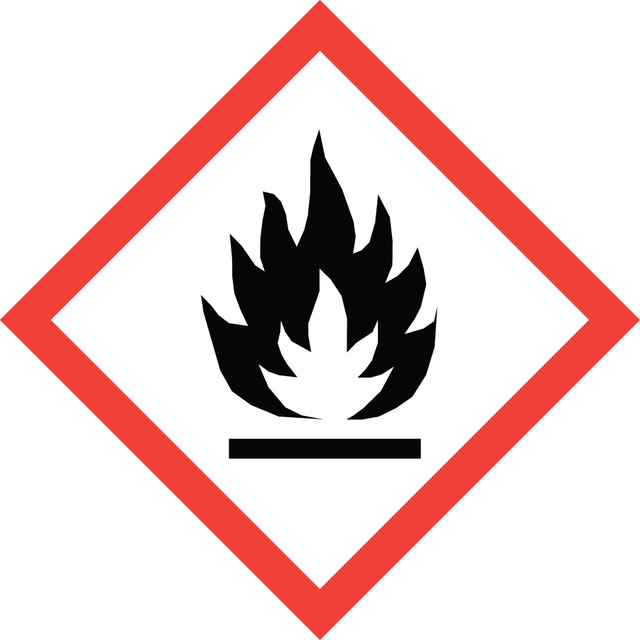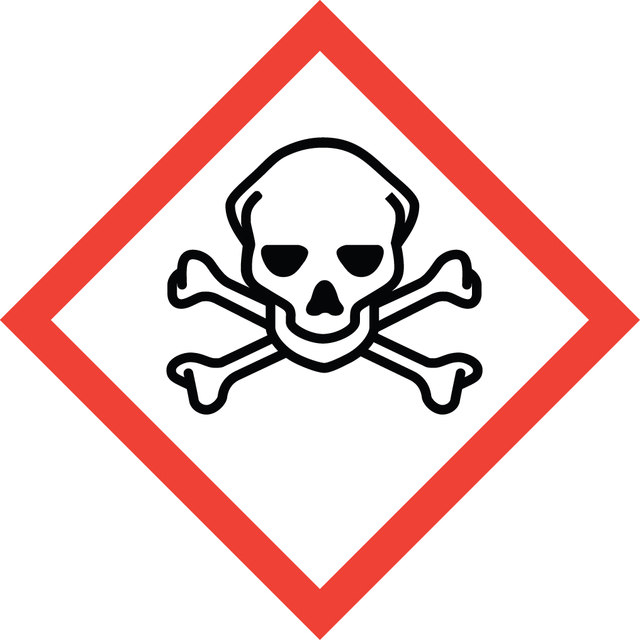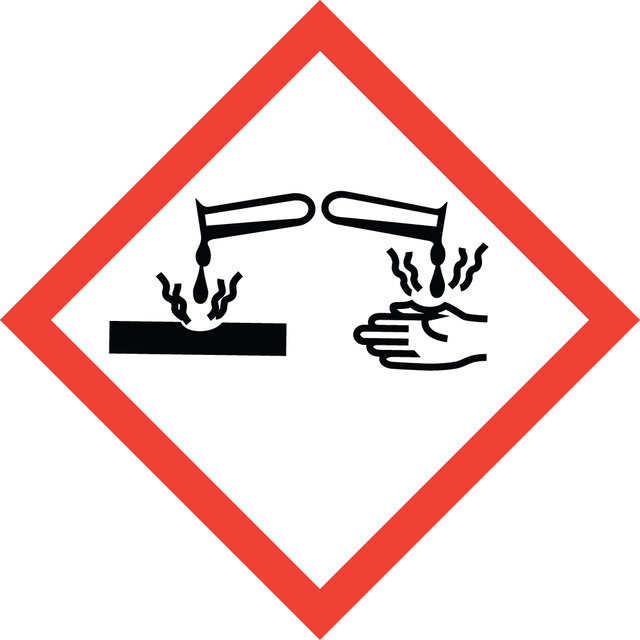549797
Acryloyl chloride
97.0%, contains <210 ppm MEHQ as stabilizer
Synonym(s):
2-Propenoyl chloride
Sign Into View Organizational & Contract Pricing
About This Item
Linear Formula:
CH2=CHCOCl
CAS Number:
Molecular Weight:
90.51
Beilstein:
635744
EC Number:
MDL number:
UNSPSC Code:
12162002
PubChem Substance ID:
NACRES:
NA.23
vapor density
>1 (vs air)
Quality Level
vapor pressure
1.93 psi ( 20 °C)
Assay
97.0%
contains
<210 ppm MEHQ as stabilizer
refractive index
n20/D 1.435 (lit.)
bp
72-76 °C (lit.)
density
1.114 g/mL at 25 °C (lit.)
storage temp.
2-8°C
SMILES string
ClC(=O)C=C
InChI
1S/C3H3ClO/c1-2-3(4)5/h2H,1H2
InChI key
HFBMWMNUJJDEQZ-UHFFFAOYSA-N
General description
Acryloyl chloride is a derivative of acrylic acid and is widely used as a reactive monomer in the synthesis of various polymers with desired properties such as good transparency, flexibility, excellent mechanical and thermal properties, and resistance to moisture and chemicals. Acryloyl chloride contains both an acryloyl group (-CH2=CHC(O)Cl) and a chloride functional group (-Cl) in its structure. This combination of functional groups enables acryloyl chloride to undergo polymerization reactions and participate in copolymerization processes. In the field of polymers, acryloyl chloride is commonly used in the production of acrylic polymers, such as polyacrylates and polymethacrylates. These polymers have a wide range of applications, including coatings, adhesives, sealants, textiles, and biomedical materials.
Application
Acryloyl chloride can used as a monomer in the synthesis of:
- Acrylic polymers via radical polymerization or copolymerization. These acrylic polymers can be tailored to possess the desired properties for biomedical coatings, including biocompatibility, adhesion to the device surface, and durability.
- Poly(styrene-co-acryloyl chloride) copolymer by crosslinked networks with styrene. The resulting crosslinked polymer can then be functionalized or modified by various chemical reactions to introduce specific properties or functionalities desired for the application as a polymer support or an electrophilic scavenger resin.
- Acrylamide-modified chitosan.
- Ulvan acrylate macromer via esterification of hydroxyl groups of polysaccharides. This macromer can be used to prepare ulvan-based thermosensitive hydrogels.
- Degradable peptide cross-linker by the acrylation of the amine groups of lysine residues and glutamine within peptide sequences.
Still not finding the right product?
Explore all of our products under Acryloyl chloride
Signal Word
Danger
Hazard Statements
Precautionary Statements
Hazard Classifications
Acute Tox. 1 Inhalation - Acute Tox. 4 Oral - Eye Dam. 1 - Flam. Liq. 2 - Met. Corr. 1 - Skin Corr. 1A
Supplementary Hazards
Storage Class Code
3 - Flammable liquids
WGK
WGK 3
Flash Point(F)
30.2 °F
Flash Point(C)
-1 °C
Choose from one of the most recent versions:
Already Own This Product?
Find documentation for the products that you have recently purchased in the Document Library.


